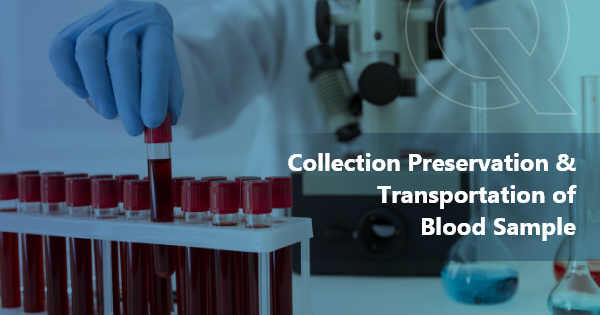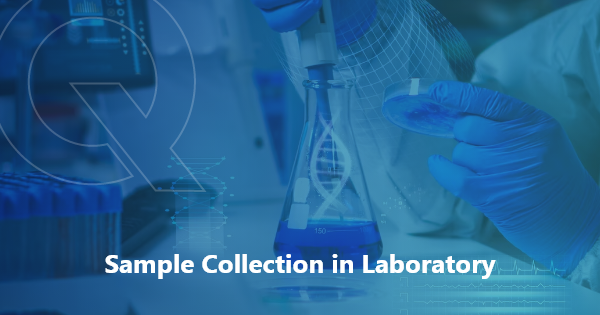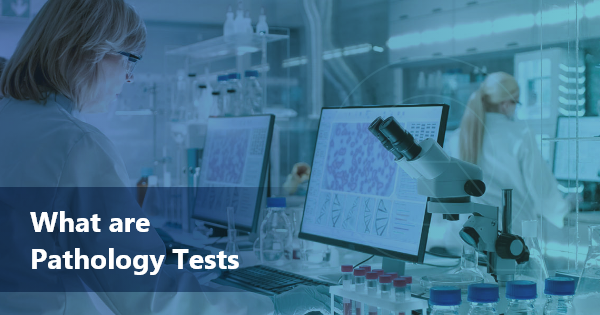Blood samples play a crucial role in modern medicine. They provide essential insights into a patient’s health, aid in diagnosing various conditions, and guide medical professionals in formulating effective treatment plans. However, the journey of a blood sample from collection to analysis is a delicate process that requires meticulous care to ensure accuracy and reliability. In this blog, we will explore the vital steps involved in the collection, preservation, and transportation of blood samples.
Contents
1. Collection of Blood Samples:
a. Skillful Phlebotomy: The process begins with the skilled hands of a phlebotomist. These trained professionals draw blood from a patient’s vein using a sterile needle and collection tubes. The collection must be done carefully to minimize contamination and discomfort to the patient.
b. Proper Identification: Accuracy is paramount. Each sample must be accurately labeled with the patient’s name, date of birth, and a unique identification number. This ensures that there is no mix-up or confusion during subsequent processing.
c. Use of Appropriate Tubes: Different tests require different types of collection tubes. For example, some tests require tubes with anticoagulants to prevent clotting, while others need tubes without additives. It’s crucial to use the correct tube to maintain sample integrity.
2. Preservation of Blood Samples:
a. Temperature Control: Most blood samples are sensitive to temperature fluctuations. Refrigeration or freezing may be necessary for specific tests, while others require samples to remain at room temperature. Maintaining the right temperature is vital to prevent sample degradation.
b. Protection from Light: Some tests are light-sensitive, and exposure to light can alter the results. These samples need to be stored in opaque containers to shield them from light.
c. Time Sensitivity: Some tests need to be conducted within a specific timeframe to yield accurate results. Laboratories have strict protocols for processing samples promptly to maintain their integrity.
3. Transportation of Blood Samples:
a. Safe Packaging: Proper packaging is essential to prevent leaks and contamination during transportation. Samples should be sealed securely in leak-proof containers, and the containers must be cushioned to prevent breakage.
b. Compliance with Regulations: Blood samples are subject to regulations, especially when transported across state or international borders. These regulations ensure the safety and integrity of samples during transit.
c. Timely Delivery: Time is often critical when transporting blood samples, especially in emergency cases. Efficient courier services or specialized medical transport systems are used to ensure that samples reach the laboratory within the required timeframe.
In conclusion, the collection, preservation, and transportation of blood samples are critical steps in the healthcare process. Any misstep or oversight in these stages can compromise the accuracy of test results and, subsequently, patient care. By following strict protocols, using appropriate equipment, and relying on trained professionals, the healthcare industry ensures that blood samples, the vital lifeline of diagnostics, are handled with the utmost care and precision.
Frequently asked Questions
Q1: How are blood samples collected and transported?
A1: Blood samples are collected by skilled phlebotomists who identify the patient, prepare the necessary equipment, perform venipuncture, and label the collection tubes. The samples are then preserved at the appropriate temperature, shielded from light, and processed promptly to maintain their integrity. For transportation, samples are securely packaged to prevent leaks and contamination and are often transported by specialized courier services in compliance with regulations to ensure safe and timely delivery to laboratories for analysis.
Q2:What is the preservation of blood samples?
A2:The preservation of blood samples involves maintaining their integrity and preventing degradation. This includes storing samples at the correct temperature, protecting them from light if necessary, and ensuring timely processing to avoid any changes in the sample composition. Proper preservation is crucial to obtaining accurate and reliable test results in medical diagnostics.
Q3:What is the best way to transport blood samples?
A3:The best way to transport blood samples is by using specialized medical courier services. These couriers are trained in handling and transporting medical samples, ensuring secure packaging, compliance with regulations, and timely delivery to testing facilities. This approach minimizes the risk of sample contamination or degradation during transport, ensuring accurate test results.
Q4:How do you transport blood tests?
A4: Blood tests are typically transported using specialized medical courier services or within the healthcare facility itself following strict protocols:
•Specialized Medical Couriers
•Proper Packaging
•Temperature Control
•Timely Transport
•Compliance with Regulations
•In-House Transport
Q5:What is sample preservation?
A5:Sample preservation refers to the process of maintaining the integrity and stability of a specimen or sample, often for laboratory analysis or diagnostic purposes. It involves protecting the sample from contamination, degradation, or other factors that could alter its composition or characteristics, ensuring that it remains suitable for accurate testing or examination. Proper sample preservation is crucial in various fields, including healthcare, environmental science, and research, to obtain reliable and meaningful results.




![Blood Test for Hair Loss [Male/Female] Blood Test for Hair Loss](https://oncquest-blog.s3.ap-south-1.amazonaws.com/blog/wp-content/uploads/2023/12/12044200/Blood-Test-for-Hair-Loss.webp)
